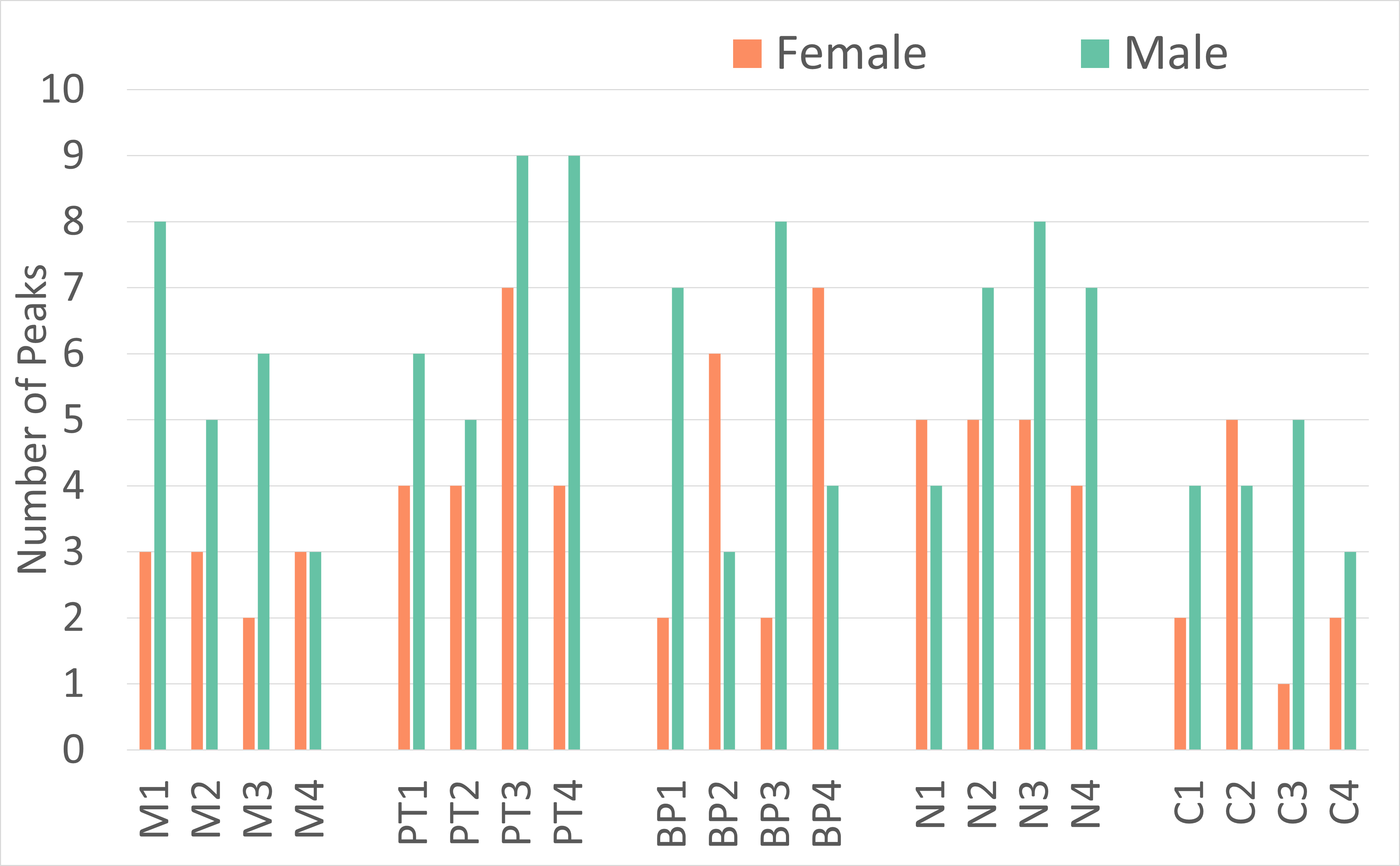Exploratory Investigation of the Neurophysiological Response to Selected Images of the Social Media Trend #Fitspiration in Adolescents by Measuring Electrodermal Activity
Aim and Research Question(s)
The aim of this exploratory study was to investigate the neurophysiological response of adolescents to #fitspiration content via electrodermal activity. It was analyzed how the electrodermal activity (EDA) of the adolescents was affected when viewing fitspiration images compared to control images.
Background
Fitspiration (a portmanteau of fitness and inspiration) is an Instagram hashtag trend, which is supposed to encourage a healthy and fit lifestyle in followers [1]. However, idealized body images might lead to a negative perception of body image in consumers [1], [2]. Young adults represent an especially vulnerable group due to their frequent use of social media and because adolescence is a defining time for behavioral patterns.
Methods
The participants were 30 students (15 female, 15 male) from three Austrian upper secondary schools, ranging from ages 14 to 18. Participants were shown 16 fitspiration images (divided into the categories movement (M), physical training (PT), body position (BP), nutrition (N)) and four control images (C) (landscape images), while EDA was collected via sensors on two fingers. Emotional intensity (Skin Conductance - SC) and emotional response (Skin Conductance Response - Peaks) were evaluated and compared between fitspiration and control images and genders.
Results and Discussion
Images of the physical training category elicited the greatest emotional response with the most peaks (n= 48) and the highest average SC value (0.331µS). This might be attributed to the exposed muscular body parts and to the fact that the depicted persons were in a physically strenuous position. Furthermore, the peaks of the fitspiration images in the four different categories accounted for between 17.3% and 25.1% of
the total peaks compared to only 13.6% in the control images. Therefore, fitspiration images seem to elicit a higher emotional reaction than control images. In terms of gender, males triggered more peaks (n = 115 of total 191 peaks) and generally showed higher EDA values (overall average SC value: m = 0.344µS; f = 0.196).
 Figure 1: Number of peaks for female and male participants in comparison for all categories.
Figure 1: Number of peaks for female and male participants in comparison for all categories.
Conclusion
Fitspiration imagery seems to elicit a greater emotional response in adolescents compared to control images. Further studies, in combination with e.g. questionnaires, may allow a better interpretation of the emotional response and achieve additional insights and answers in the field of body perception and body positivity in the context of social media.
References
[1] C. V. Talbot, J. Gavin, T. van Steen, and Y. Morey, “A content analysis of thinspiration, fitspiration, and bonespiration imagery on social media,” J Eat Disord, vol. 5, no. 1, p. 40, Dec. 2017, doi: 10.1186/s40337-017-0170-2. [2] M. Tiggemann and M. Zaccardo, “‘Exercise to be fit, not skinny’: The effect of fitspiration imagery on women’s body image,” Body Image, vol. 15, pp. 61–67, Sep. 2015, doi: 10.1016/j.bodyim.2015.06.003.